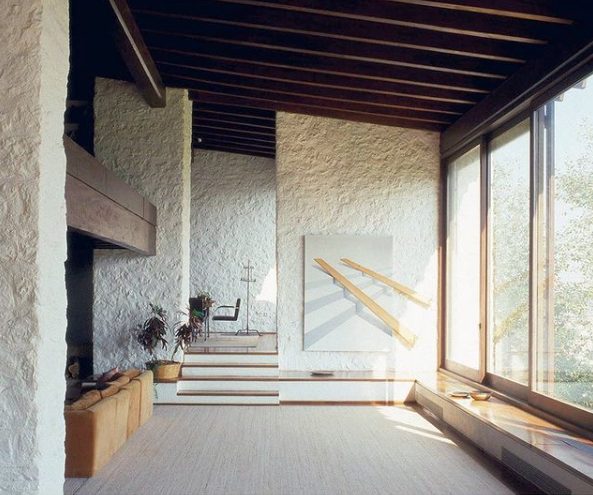WHAT IS THE WELL BUILDING STANDARD?
Erecting a building requires careful planning and engineering. As a result, standards have been set to ensure the quality and integrity of an erected building.
Aside from national standards, construction companies often try to follow third-party standards to increase customer confidence in their finished work. The WELL Building Standard™ is one such standard.
The WELL Building Standard
Designed to push groups to build buildings that put human health in mind, the WELL Building Standard™ follows seven concepts for human well-building: air, water, nourishment, light, fitness, comfort, and mind.
These concepts also serve as the main categories of the standard’s scoreboard. This particular standard was developed in 2013 by US-based Delos Living LLC.
It follows principles that aim to improve human health by designating well-researched performance standards, protocols, and policies to ensure the good health of the building users. In addition, the International WELL Building Institute (IWBI) currently manages the standard.
In 2016, following the green and sustainable design trend, the WELL Building Standard™ had aligned itself with the UK-based Building Research Establishment.
This alignment resulted in merging the Building Research Establishment (BRE) Environmental Assessment with the WELL Building Standard, meaning that each organisation will recognise the other’s standards. Talk about working together for the greater good!
People-oriented engineering firms believe that companies should also invest in the well-being of their asset: people.
In fact, it is a well-known fact that having a good environment nurtures a person’s full potential. This is one reason the WELL Building Standard™ emphasises designing space fostering a healthy and productive environment, making people happier.
In addition, the WELL Building Standard has many features, with each one aiming to address an issue that could potentially affect the well-being of people. These features are mainly divided into two: Performance-based standards and Descriptive standards.
The former has more leeway, while the latter requires some specific tangible strategies to be implemented.
Because of its good results, the standard itself is certified by another group, the Green Business Certification Incorporation (GBCI). The GBCI is the group behind the Leadership in Energy and Environmental Design (LEED), the number one green building rating system worldwide.
Certification within Australia has gained popularity in the last few years with the Mirvac headquarters in Sydney becoming the first WELL certified building, making it the healthiest work place in Australia.

